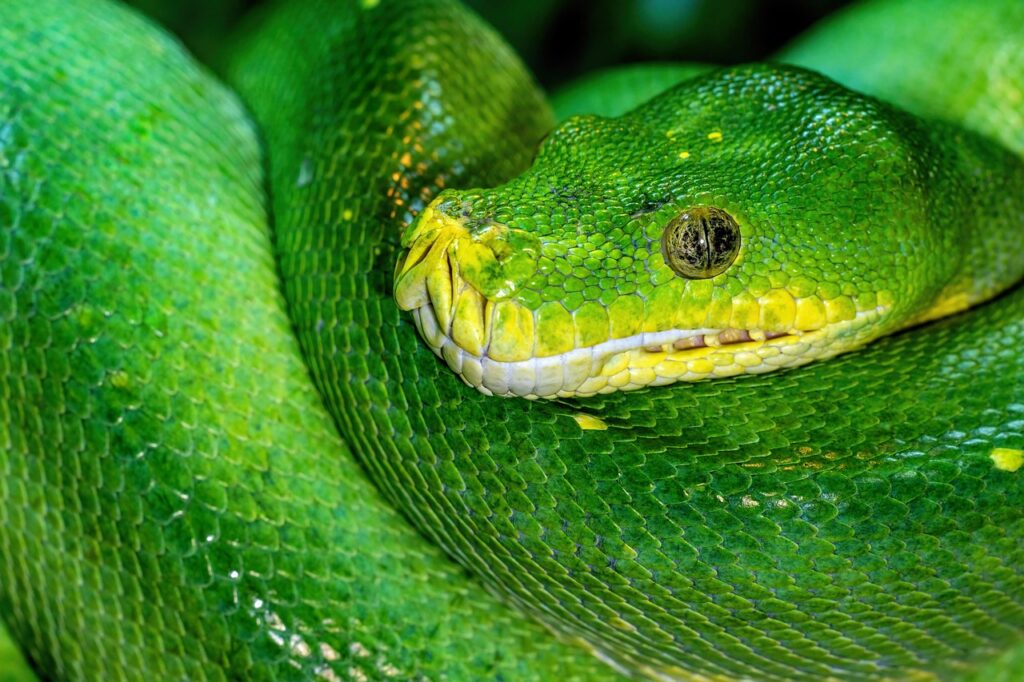The Tyrannosaurus rex, with its massive skull, powerful hind limbs, and famously diminutive forelimbs, has captivated our collective imagination since its first discovery. The stark contrast between the dinosaur’s fearsome reputation and its seemingly comical arms has sparked endless debate among paleontologists and dinosaur enthusiasts alike. Were these tiny appendages useless vestiges of evolution or specialized tools with deadly precision? This longstanding question continues to evolve as new fossil evidence emerges from North American excavations, particularly from the rich Hell Creek Formation spanning Montana, Wyoming, and the Dakotas. Recent discoveries and technological advances in biomechanical analysis have opened new chapters in our understanding of these iconic predators and their controversial limbs.
The Proportional Paradox: Just How Small Were T. rex Arms?
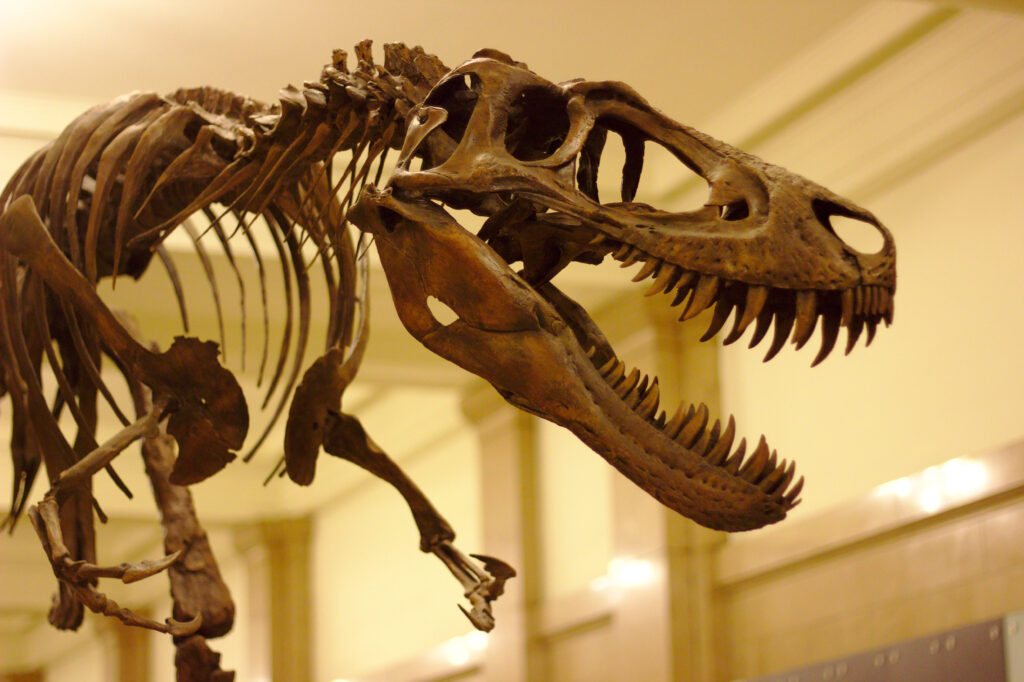
To truly appreciate the controversy surrounding T. rex’s arms, we must first understand their proportions in context. Compared to the dinosaur’s impressive 40-foot length and 12-foot height at the hip, the forelimbs measured merely about three feet long, roughly the size of a human arm, despite the animal being many times larger. This stark disproportion is made even more dramatic when contrasted with the massive skull, which could reach five feet in length. Fossil specimens excavated from the Hell Creek Formation consistently show this same pattern of forelimb reduction, confirming it wasn’t merely an anomaly in individual specimens. While seeming laughably small in proportion to the massive body, these arms were nonetheless robust, with substantial muscle attachment sites and thick bones capable of supporting considerable weight. The humeral (upper arm) bone alone was thick enough to withstand significant force, hinting at specialized functionality despite the reduced size.
Evolutionary Reduction: Tracing the Shrinking Process
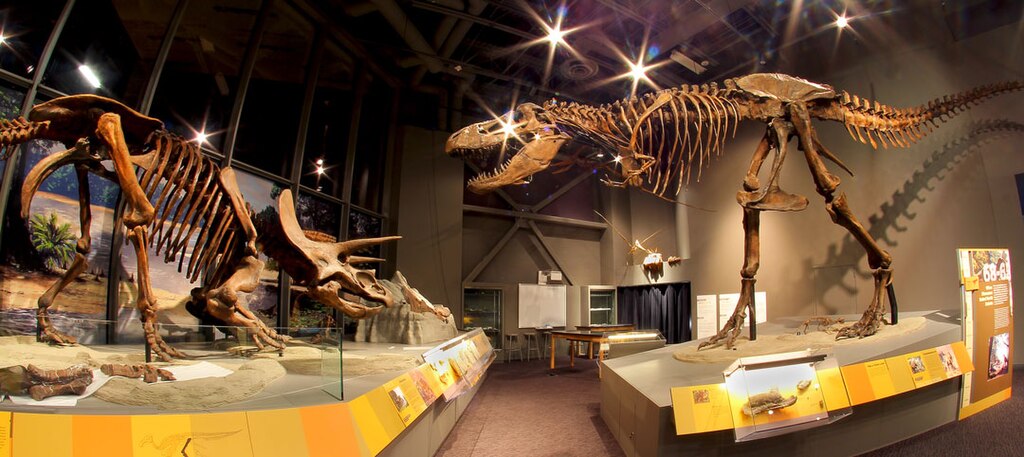
The diminutive arms of T. rex weren’t always so small in the evolutionary history of theropod dinosaurs. Fossil evidence from earlier tyrannosaur relatives shows a gradual reduction in forelimb size over millions of years of evolution. Ancestors like Daspletosaurus and Albertosaurus had proportionally larger arms, suggesting the reduction was a gradual process tied to specific evolutionary pressures. This progressive reduction coincided with the development of increasingly powerful jaws and neck muscles, suggesting a potential evolutionary trade-off. As the head became the dominant tool for hunting and feeding, the arms became less essential for prey capture. The North American fossil record, particularly from the Late Cretaceous period (approximately 68-66 million years ago), provides a remarkably complete timeline of this evolutionary transition. Comparisons between juvenile and adult T. rex specimens further support this theory, as younger individuals exhibit slightly more proportional forelimbs relative to their body size, echoing their evolutionary past.
The Vestigial Theory: Useless Evolutionary Leftovers?
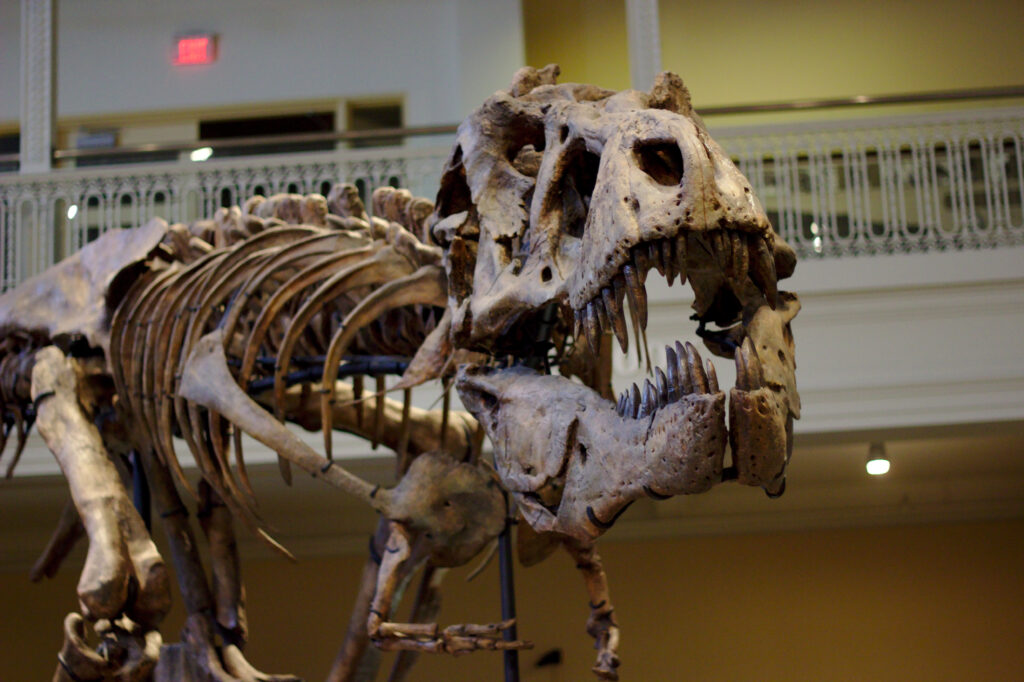
One prominent theory regarding T. rex arms proposes they were vestigial structures—evolutionary leftovers that had lost most of their original function. Proponents of this viewpoint point to the extreme reduction in size compared to body proportions as evidence that natural selection was gradually eliminating these structures. Several paleontologists have suggested that the arms had become largely obsolete as T. rex evolved more specialized hunting strategies centered around its powerful jaws and neck. This perspective gained support from early biomechanical studies suggesting the arms couldn’t even reach the mouth, making them seemingly useless for feeding. Detailed examination of arm joint mobility from fossils discovered in the Dakotas indicated limited range of motion, particularly in shoulder rotation, which would have restricted their utility in many tasks. The vestigial theory also notes that other highly successful predators, like modern birds of prey, rely primarily on their powerful beaks and talons rather than their wings for capturing prey, suggesting evolutionary parallels.
The Specialized Tool Hypothesis: Deadly Precision Instruments

Countering the vestigial theory is the specialized tool hypothesis, which proposes that T. rex’s arms were highly adapted for specific functions despite their small size. This perspective emphasizes the surprising strength of these appendages, with muscle attachment sites suggesting considerable power. Biomechanical analyses conducted on complete arm fossils from Montana indicate these limbs could potentially curl over 400 pounds each—an impressive feat for their size. The arms also featured two sharp claws that could have delivered precise, powerful slashes at close range. Proponents of this theory suggest the arms may have been used for specialized tasks during predation, such as holding struggling prey close to the body while the powerful jaws delivered killing bites. Some paleontologists have also proposed that they might have served as “meat hooks” to help manipulate prey items or as anchors when the massive predator needed to rise from a prone position. The specialized morphology of the wrist and finger joints seen in exceptionally preserved specimens supports the notion that these were not simply withering appendages but purposefully maintained structures.
Biomechanical Insights: What Could T. rex Arms Do?

Recent advances in biomechanical modeling have provided new insights into the functional capabilities of T. rex forelimbs. Using computer simulations based on detailed measurements from multiple fossils, researchers have mapped the potential range of motion and force generation of these appendages. These studies reveal that while the arms had limited reach, they possessed remarkable strength and stability within their restricted movement range. The biceps alone could potentially curl weights comparable to elite human weightlifters, despite serving an animal many times larger. Analysis of the shoulder, elbow, and wrist joints indicates they were optimized for strength rather than mobility, suggesting a grasping function rather than reaching or manipulating. Muscle reconstruction based on attachment points visible on well-preserved fossils from Wyoming indicates substantial musculature despite the limb’s small size. Interestingly, stress analyses suggest the arm bones were capable of withstanding significant forces, contradicting the notion that they were merely vestigial structures maintained without purpose.
Social Function Theory: Display and Mating Significance

Moving beyond predatory applications, some researchers have proposed that T. rex’s arms may have served important social functions within the species. These small but muscular appendages might have played roles in mating rituals, territorial displays, or other intraspecific interactions. Comparisons with modern birds, the closest living relatives to dinosaurs, reveal that even seemingly minor anatomical features can serve crucial roles in courtship displays. The arms, while small, would have been visible during close encounters between individuals and may have featured distinctive coloration or patterns that are not preserved in the fossil record. Some paleontologists have suggested the arms might have been used during mating to help maintain position or as display structures to demonstrate fitness to potential mates. Fossil evidence from multiple specimens shows consistent arm morphology between individuals, suggesting they maintained an important function rather than showing the variable reduction typically seen in truly vestigial structures.
Juvenile T. rex: Clues from Growth Patterns
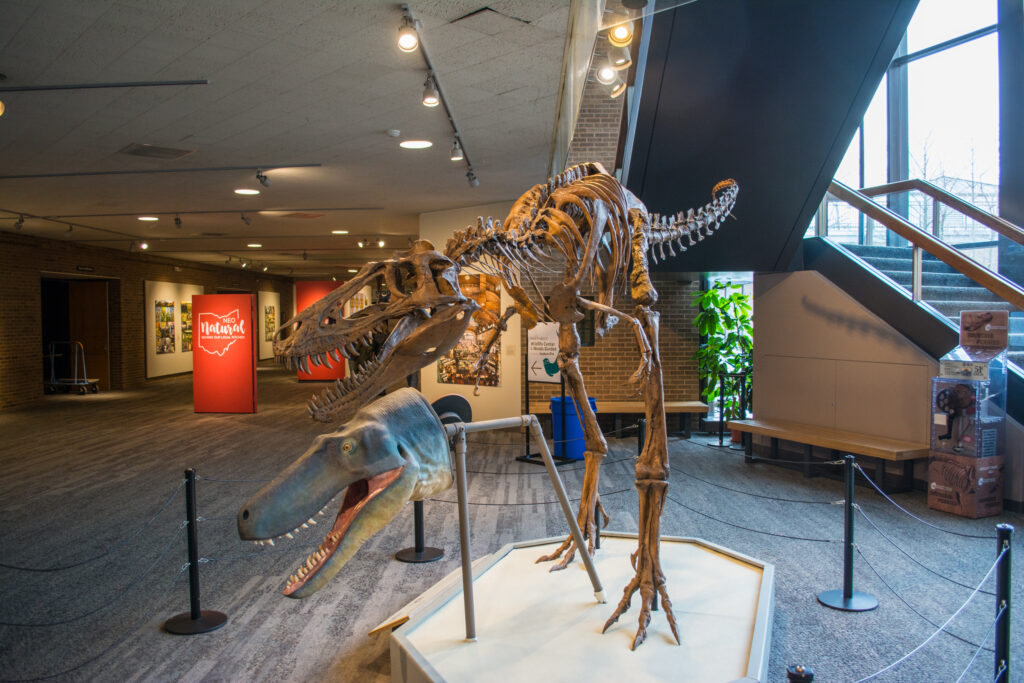
Examination of juvenile T. rex specimens has provided valuable insights into the functional evolution of the arms throughout an individual’s lifetime. Younger specimens show proportionally longer arms relative to their body size compared to adults, suggesting the arms grew at a slower rate than the rest of the body during development. This allometric growth pattern indicates that while the arms became proportionally smaller as the animal matured, they maintained specific functions during different life stages. Some paleontologists have proposed that younger T. rex individuals might have relied more heavily on their forelimbs for certain activities, with the function changing as they matured into apex predators. Juvenile specimens recovered from the Hell Creek Formation show more pronounced muscle attachment sites relative to bone size, suggesting the arms were actively used during earlier life stages. This developmental pattern parallels what we observe in many modern predators, where hunting techniques and body utilization change substantially as animals mature from juvenile to adult forms.
Comparative Anatomy: Other Theropods with Reduced Arms
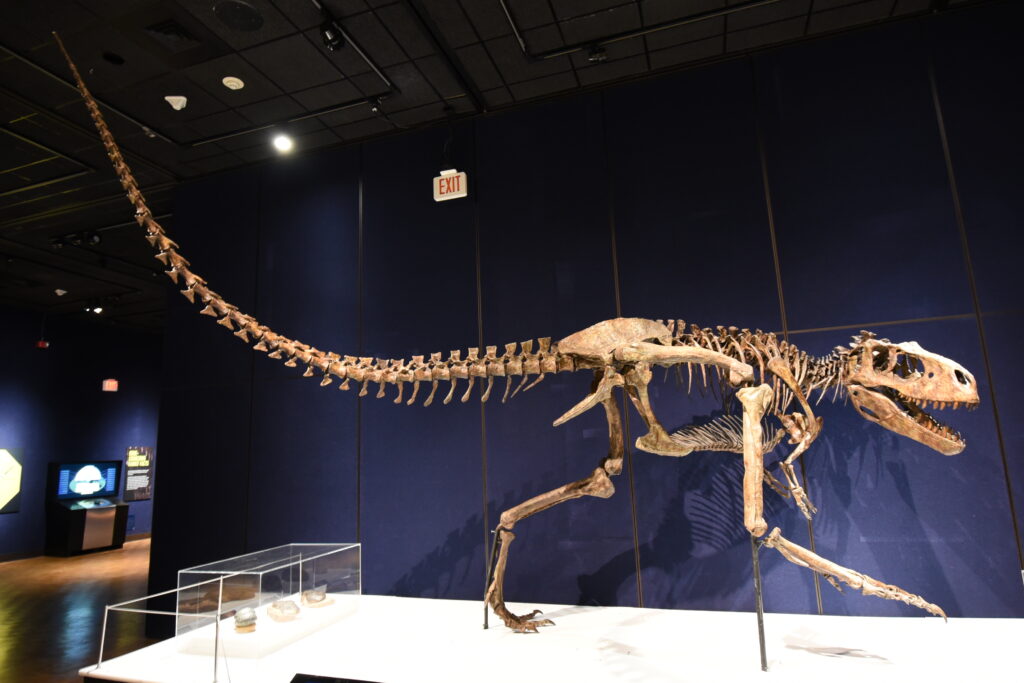
T. rex wasn’t the only theropod dinosaur to evolve reduced forelimbs, and comparing different evolutionary lineages provides context for understanding this adaptation. Abelisaurids, a separate group of large predatory dinosaurs from the southern continents, independently evolved extremely reduced arms through convergent evolution. Despite having no close relationship to tyrannosaurs, these dinosaurs faced similar evolutionary pressures that led to remarkably similar anatomical solutions. Carnotaurus, a well-known abelisaurid, had even more dramatically reduced arms than T. rex, suggesting this trait could evolve to extreme degrees when conditions favored it. Examination of these parallel evolutionary pathways suggests that for certain large-headed predatory dinosaurs, powerful jaws rendered arms less essential for hunting success. Interestingly, not all large theropods followed this pattern—Allosaurus and Acrocanthosaurus maintained relatively functional arms, indicating different predatory strategies among these large carnivores. These comparative analyses across multiple theropod lineages suggest arm reduction wasn’t an evolutionary fluke but a repeated adaptation in certain ecological contexts.
Feeding Mechanics: How T. rex Ate
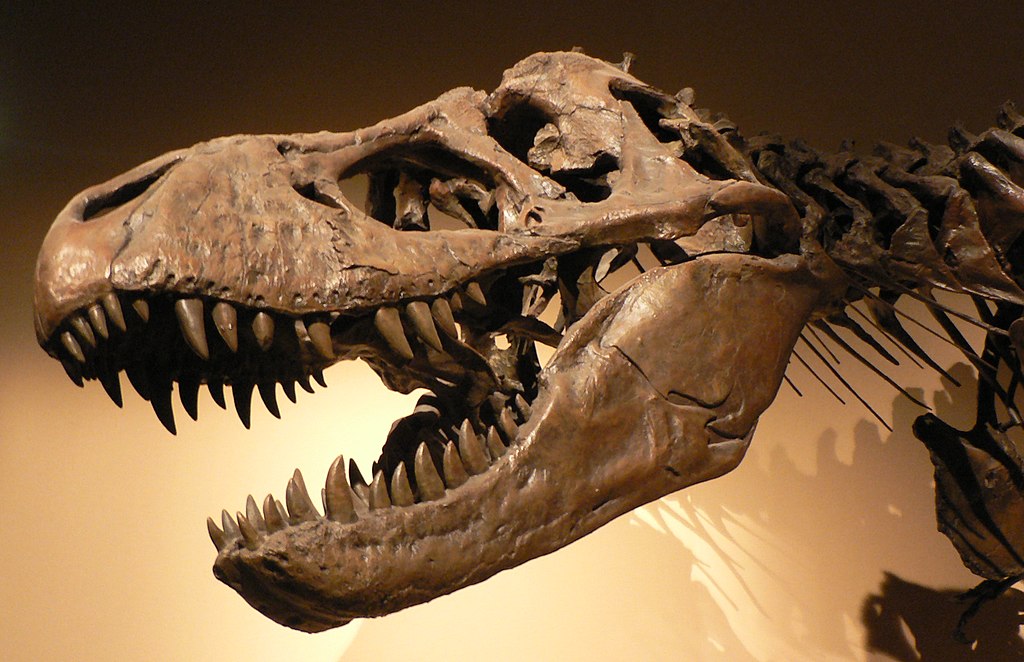
Understanding how T. rex consumed its prey provides important context for evaluating arm function. Biomechanical studies of T. rex skulls reveal one of the most powerful bite forces of any terrestrial animal, capable of crushing bone and tearing massive chunks of flesh. This extraordinary oral capability meant T. rex could process food with its mouth alone, potentially making arms less necessary for feeding. High-resolution CT scans of fossil skulls from specimens found in Montana and South Dakota have allowed researchers to model jaw musculature and bite mechanics with unprecedented detail. These studies reveal specialized feeding adaptations, including the ability to strip meat from carcasses through powerful neck movements and precision biting. Tooth wear patterns and occasional tooth-marked bones in the fossil record provide direct evidence of feeding behavior, showing T. rex was capable of handling prey primarily with its jaws. Some researchers have suggested that rather than participating directly in feeding, the arms might have helped position already subdued prey for optimal consumption or served as stabilizers during particular feeding postures.
The Hunting Question: Predator or Scavenger Debate
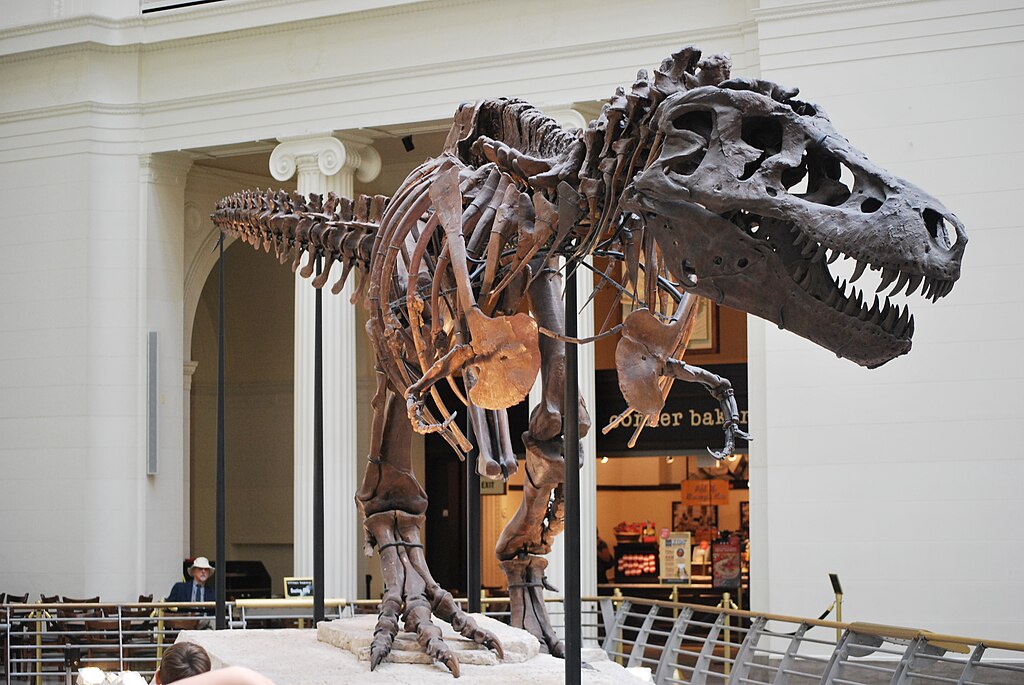
The ongoing debate about whether T. rex was primarily a predator or scavenger intersects directly with questions about arm function. If T. rex actively hunted large prey, the arms may have played some role in the predation process, even if secondary to the jaws. Evidence supporting active predation includes healed T. rex bite marks on hadrosaur and ceratopsian fossils, suggesting attacks on living animals that subsequently survived. The powerful running capabilities indicated by T. rex’s robust leg bones and muscle attachment sites suggest an animal capable of pursuing prey, not merely finding carcasses. On the scavenging side, T. rex’s extraordinarily powerful bite force and teeth designed for crushing bone would have allowed it to extract nutrients from carcasses that other predators couldn’t access. Most paleontologists now favor a combined approach, suggesting T. rex was an opportunistic predator that both hunted and scavenged depending on circumstances. This flexible feeding strategy might explain the maintenance of specialized arms—they may have served different functions depending on whether the dinosaur was handling struggling prey or manipulating a stationary carcass.
Recent Fossil Discoveries: New Evidence from North America
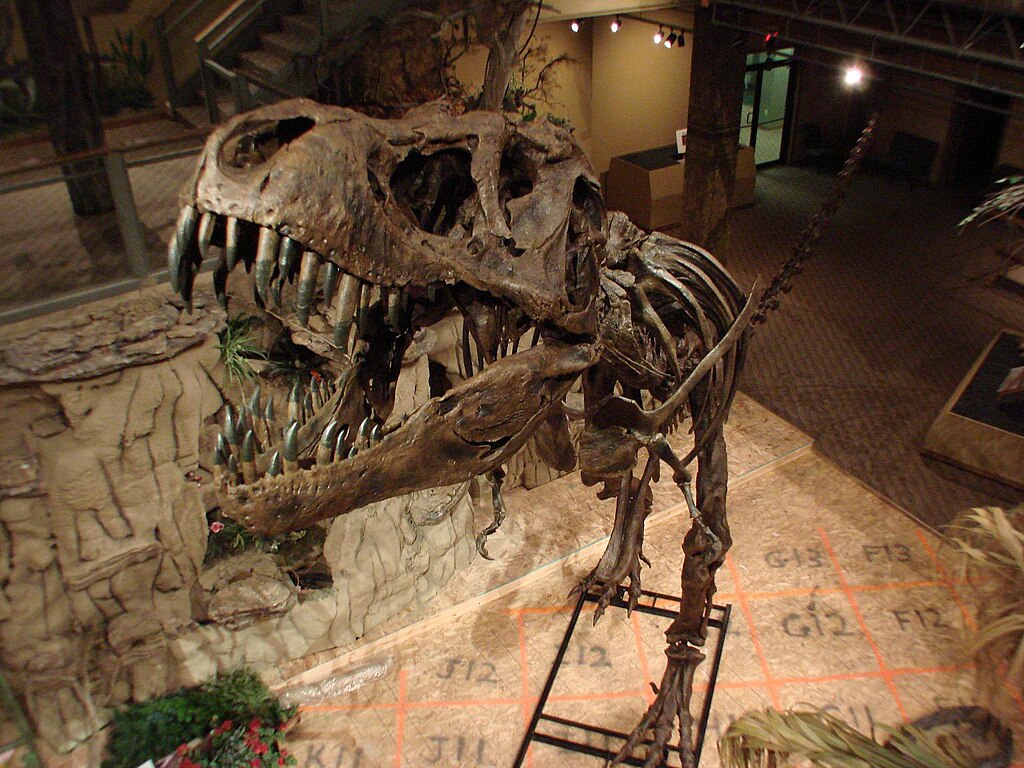
Recent excavations across North America have yielded new T. rex specimens that continue to inform our understanding of arm function. A remarkably complete specimen nicknamed “Scotty,” discovered in Saskatchewan, Canada, provided exceptional preservation of the arm bones and muscle attachment sites, allowing for more refined analysis of potential strength and movement. Microscopic examination of bone structure from this specimen revealed dense, compacted bone tissue, indicating the arms bore significant weight despite their size. Another recent discovery from the Hell Creek Formation included rare preservation of potential skin impressions near the forelimb region, offering tantalizing glimpses of the soft tissue anatomy surrounding these controversial appendages. Advanced imaging techniques applied to these new specimens have revealed previously undetected features, including small ridges and grooves that would have anchored powerful tendons. The consistent morphology across these new specimens, representing individuals from different geographic regions and potentially different local populations, reinforces the likelihood that these arms maintained specific functions rather than being truly vestigial structures under progressive reduction.
Modern Analogs: Lessons from Extant Predators

While no modern animal perfectly parallels T. rex’s anatomy, several existing predators offer potential insights into how seemingly limited appendages can serve specialized functions. Crocodilians, for instance, possess relatively small limbs compared to their body size, yet use them effectively for specific movements and stabilization. Large birds of prey like eagles and hawks rely primarily on their powerful beaks and talons for killing, with their wings serving separate functions despite evolving from forelimbs. Even among mammals, specialized predators often show reduction in certain anatomical features to enhance others—consider the specialized hunting adaptations of big cats, which emphasize powerful jaws and hind limbs for pouncing over forelimb manipulation. These modern examples demonstrate that evolution often produces highly specialized anatomical trade-offs rather than all-purpose designs. The consistent pattern across these diverse predators suggests that specialized appendages, even when reduced in size or altered in function, typically maintain specific evolutionary advantages rather than persisting as truly useless structures. This comparative approach provides a framework for understanding how T. rex arms might have maintained specific functions despite their reduced proportions.
Future Research Directions: Resolving the Arm Debate

The debate over T. rex arm function continues to evolve as new research techniques emerge and additional specimens are discovered. Several promising research directions may help resolve these questions ithe n the coming years. Advanced CT scanning and 3D modeling now allow researchers to examine internal bone structure at microscopic levels, potentially revealing stress patterns that would indicate how these limbs were actually used in life. Comparative genomics with birds, the living descendants of dinosaurs, may eventually reveal genetic patterns associated with limb reduction that could clarify the evolutionary processes at work. Field research continues in the rich fossil beds of the American West, with particular attention to preserving the delicate arm bones that are often overlooked in favor of more dramatic skull elements. Some researchers are developing new biomechanical models that incorporate soft tissue estimates to better understand the full functional capacity of these appendages. Interdisciplinary approaches combining paleontology with engineering principles, veterinary science, and evolutionary developmental biology promise to yield more comprehensive answers about these enigmatic structures in the coming decades.
Conclusion

The ongoing fascination with T. rex arms reflects broader questions about evolutionary processes and functional morphology. Were these diminutive limbs truly ridiculous vestiges of a bygone era, gradually being phased out by natural selection? Or were they deadly precision instruments, specialized for specific tasks despite their reduced size? The current scientific consensus suggests the truth lies somewhere between these extremes. T. rex arms were likely neither useless appendages nor primary weapons, but specialized tools maintained by evolution for specific functions within the animal’s ecological niche. Their reduced size represents not an evolutionary failure but a successful adaptation allowing resources to be devoted to more critical features like the powerful jaws, robust neck, and strong running legs that made T. rex one of history’s most formidable predators. As North American fossil beds continue to yield new specimens and technology advances our analytical capabilities, the arms of Tyrannosaurus rex remain a compelling reminder that evolution works not toward perfection but practical function within specific environmental contexts.


